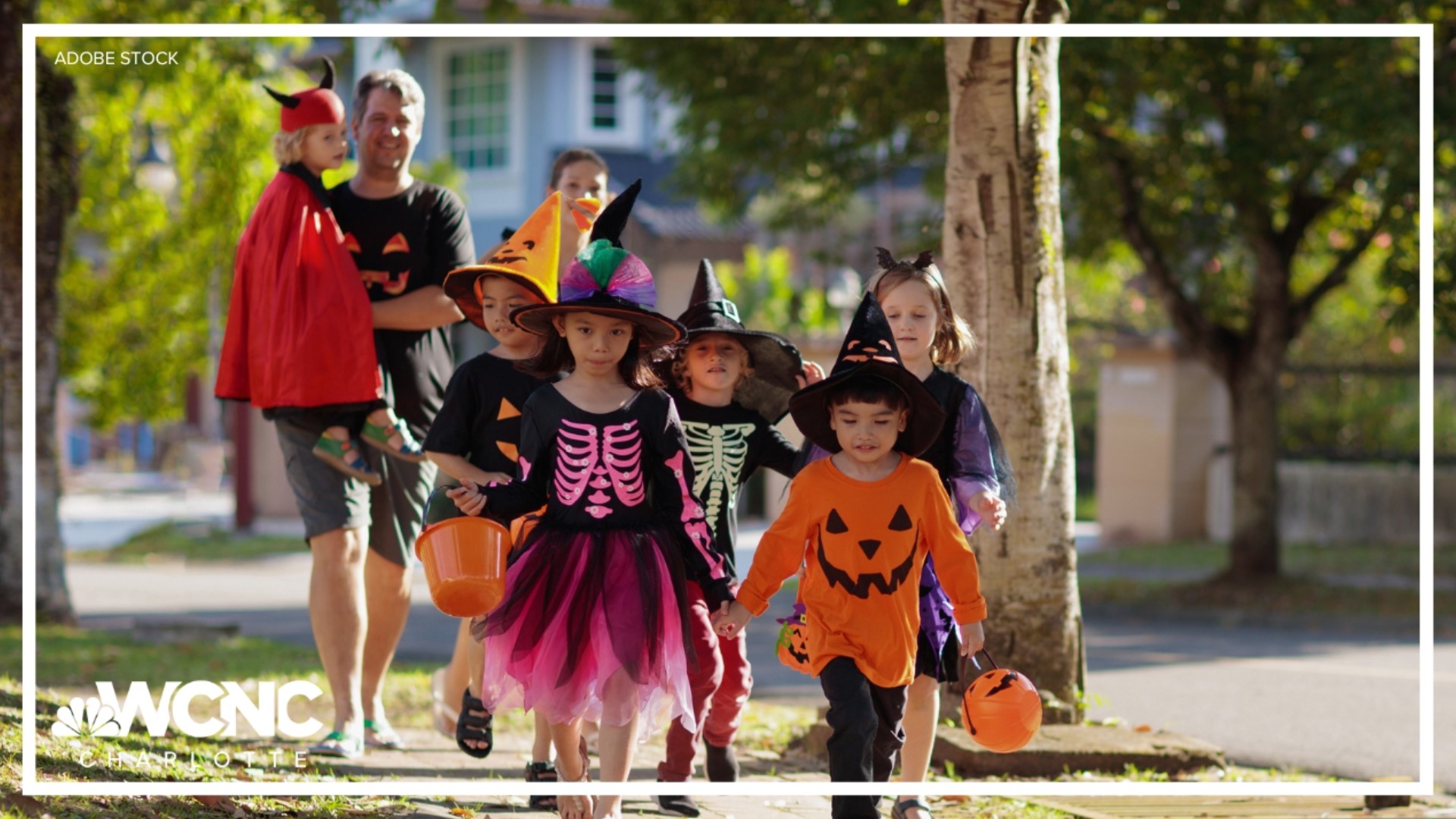CHARLOTTE, N.C. — Little ghouls and goblins will fill the streets on Halloween night, hoping to score a jack-o'-lantern full of candy.
Kids dressing up and going door for sweet treats is a Halloween staple but why do they do it? How did trick-or-treating become a Halloween tradition?
Let's connect the dots.
ANCIENT ORIGINS
Halloween has been around in one form or another since the first century B.C. and sweets have always played a big part.
During Celtic celebrations, food was left out overnight to supposedly calm unwanted spirits. And in later centuries, people would dress up and play pranks for food and drinks.
Those traditions were brought to the United States by Irish and Scottish immigrants in the mid-1800s. By the 1920s, though, there were a lot more tricks than treats. Halloween became a night of vandalism and even acts of violence.
NEIGHBORS TAKE OVER
Tired of the unruly behavior, neighborhoods across the country started holding organized events for children.
A break for sugar rations during World War II put the beloved tradition on a brief hiatus but it returned in the 1950s.
TRICK OR TREAT
The phrase "trick-or-treating" became common by the early '50s, showing up everywhere from the iconic Peanuts comics to Disney cartoons. The popularity remains today, with trick-or-treating being big business in America.
Families spend over $2 billion on candy each year, making Halloween the second-largest commercial holiday.
Contact Ben Thompson at bthompson@wcnc.com and follow him on Facebook, Twitter and Instagram.

